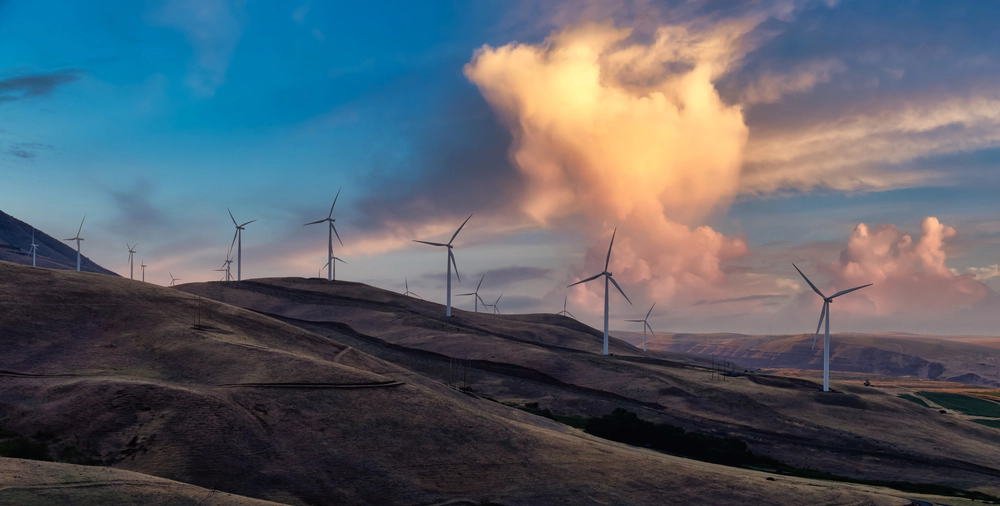Drone navigation solution for automated wind station inspection
Key results
- Expanded market reach
- Enhanced operational safety and reduced equipment loss
About the Client
The client is a Dutch startup specializing in maintenance services for wind power stations. Their primary market is the Netherlands, where over 3,000 wind turbines are currently installed.
Business Challenge
Regular inspection and maintenance are essential for extending the operational lifespan of wind turbines. The maintenance procedure includes thorough blade inspections to detect cracks, corrosion, and other potential issues.
The client had already implemented drone technology to perform inspections and minor repairs, such as painting. However, they encountered major limitations, hindering their growth and operational efficiency.
They contacted us primarily because they were facing significant scaling issues – their manual drone operations were limited to turbines up to 150 meters in height. However, as turbine heights increased to 250 meters, it became impossible to maintain a visual line of sight from the ground, which hindered their ability to service them.
Furthermore, their need for precision in close-up inspections and landings near defects in windy conditions led to frequent operational challenges, including near-misses and drone damage, which raised costs and safety concerns. They lacked a reliable method to inspect the full blade length of tall turbines and perform precise landings safely and efficiently.
Implementation
To address this challenge, we proposed an automated drone navigation solution. The system enables drones to automatically detect and fly along turbine blades, allowing inspectors to observe the whole surface with the drone’s onboard camera. When defects are identified, the system enables a drone to automatically land at specific points marked by the operator to perform detailed analysis and further procedures.
The solution includes two key components that can be activated through the QGroundControl application:
- Optical Navigation: This component detects the turbine blade and navigates the drone along its length. Technically, this involved running computer vision algorithms on an onboard computer for edge processing. We employed edge detection to identify the blade’s leading and trailing edges against the background. The positional data was input into a custom path-following controller that adjusted the drone’s velocity to maintain a set distance and alignment with the detected edges.
- Automated Landing Algorithm: Using the same camera, this proprietary algorithm enables the drone to land with exceptional precision at designated points on the blade. Once the operator designated a target landing point, the algorithm locked onto distinctive visual features at that location (or potentially a pre-placed visual marker). It continuously calculated the drone’s position relative to the target features and generated fine-tuned velocity commands to guide the drone to a precise landing, achieving high accuracy close to the target point.
A particularly challenging part of this project was developing a modified drone control solution specifically designed for windy environments. The team needed to adopt the autopilot system to adjust the specific control logic required for stable operation in windy conditions.
The solution development process involved a collaborative approach between our technical team and the client’s field operators. It was developed iteratively over 4 months, with weekly field tests conducted in coastal conditions with average wind speeds of 25-45 km/h.
Value Delivered
As a result of the project, the client was able to expand market reach by 50% by enabling work with new power stations exceeding 150 meters in height.
At the same time, the system decreases the probability of drone damage and loss by 30% and lowers the overall inspection time by 20%.
The solution also integrates with the client’s existing Asset Management platform, allowing inspection data to flow directly into their maintenance scheduling system.
KPIs
50%
Increase in market reach by servicing previously inaccessible turbines30%
Decrease in the probability of drone damage and loss20%
Lower overall inspection time
Location
- The Netherlands
Industry
- Utilities
- Renewable Energy Equipment Manufacturing
- Industrial Machinery Manufacturing
Services
- Computer Vision
- Data Analytics
- Edge Computing
Technologies
- Python
- C++
- QGroundControl
- MAVLink
- OpenCV





